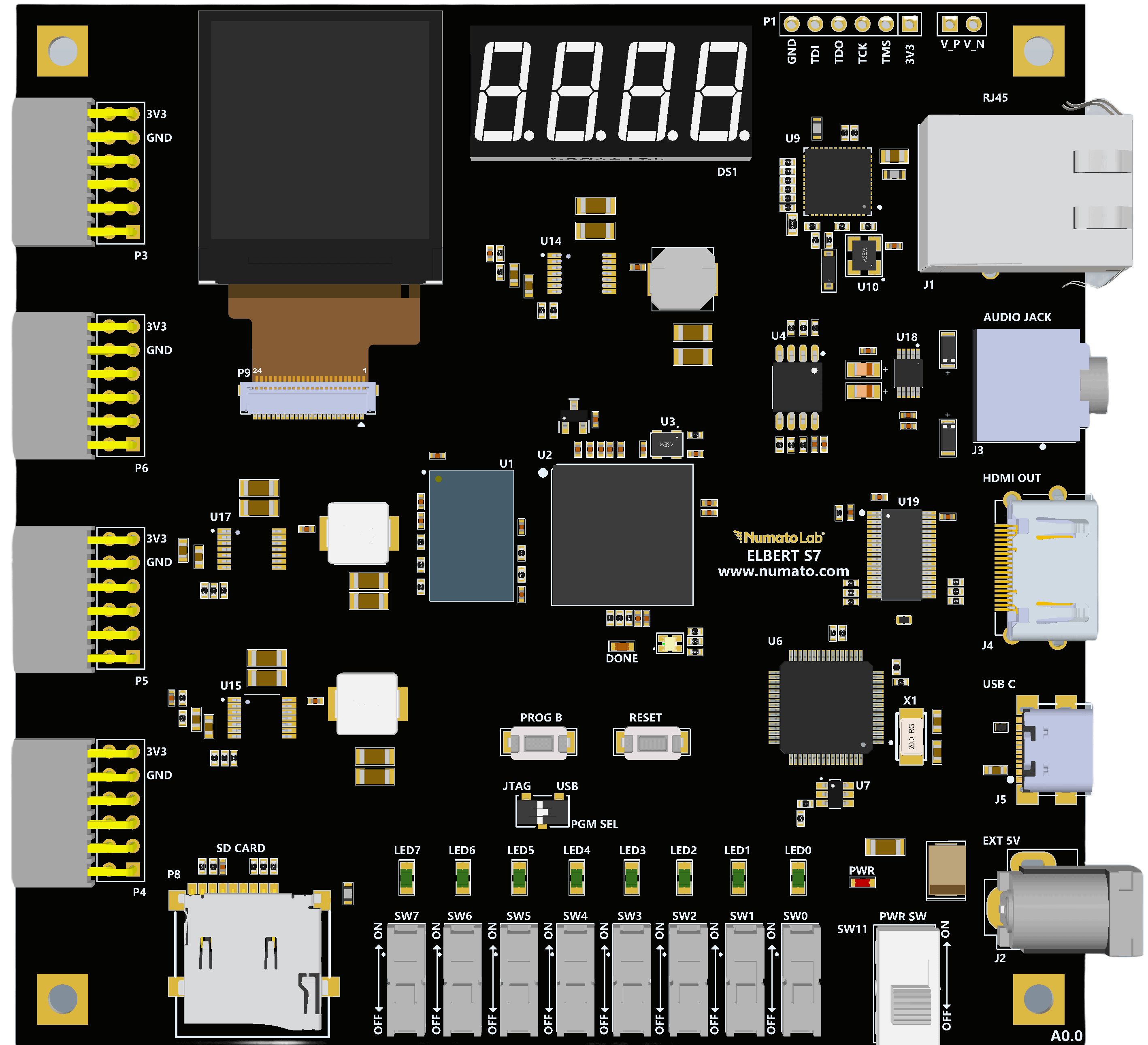Introduction
Welcome to the fascinating world of electronics, where circuits come alive, and ideas transform into real-world applications! Electronics is the foundation of modern technology, enabling everything from the smartphones in our pockets to the satellites orbiting Earth. It is the driving force behind innovation, shaping industries such as computing, communication, healthcare, automation, and more.
Among the many fields within electronics, digital design plays a crucial role in developing complex systems, and this is where Field-Programmable Gate Arrays (FPGAs) and Verilog come into the picture. Unlike traditional microcontrollers or processors, FPGAs allow designers to create custom digital circuits that can be modified and reprogrammed based on specific requirements. Verilog, a Hardware Description Language (HDL), is widely used to design and describe the behavior of digital circuits inside an FPGA.
To design and implement FPGA-based systems, we use Vivado, a powerful software suite developed by AMD. Vivado provides a comprehensive set of tools for designing, simulating, and implementing digital circuits using Verilog. It simplifies FPGA development by offering features like schematic entry, logic synthesis, simulation, and debugging, making it an industry-standard tool for professionals and beginners alike.
For this tutorial, we will be using Vivado version 2024.1 to demonstrate practical examples. Whether you are a student, hobbyist, or aspiring FPGA engineer, this guide will help you take your first steps into the world of digital design.
Let’s dive in and explore how to bring digital circuits to life using Verilog and Vivado!
Understanding FPGAs
Imagine having a digital playground where you can create your own circuits and customize them to perform exactly the way you want. That’s the power of an FPGA (Field-Programmable Gate Array)! Unlike traditional computer chips that are designed for specific tasks, an FPGA is like a blank canvas—you get to decide how it works by programming it with your own digital designs.
How is an FPGA Different from Other Chips?
Most electronic devices, such as smartphones, computers, and gaming consoles, use fixed-function chips like microcontrollers (MCUs) or processors (CPUs). These chips are built for specific functions, meaning you can only use them in the way the manufacturer intended. For example, a CPU in a laptop is designed to execute software instructions, and it cannot be changed to work like a graphics processor.
An FPGA, however, is different. It doesn’t come with a pre-defined function. Instead, it contains thousands (or even millions) of tiny logic elements that you can program to behave like any digital circuit you need. Think of it as a LEGO set for electronics—you can arrange the blocks in many different ways to create custom circuits for tasks like:
- Prototyping new hardware – Test out a digital design before manufacturing a custom chip.
- Rapid development – Make changes on the fly without waiting for new hardware.
- Specialized applications – Create unique hardware solutions for AI, image processing, signal processing, and more.
Why Are FPGAs So Powerful?
FPGAs provide unmatched flexibility because they can be reprogrammed as many times as needed. This makes them ideal for:
- Experimenting with digital design – Beginners and engineers can test and refine their circuits.
- High-performance computing – Custom hardware designs can be optimized for speed.
- Embedded systems – FPGAs can process signals from cameras, sensors, and communication interfaces.
In this tutorial, we will explore how to design and implement digital circuits using an FPGA. You’ll learn how to use Verilog, a programming language that describes digital circuits, and how to work with Vivado, a powerful tool that helps you design, simulate, and implement FPGA projects.
No prior FPGA experience? No problem! This guide will walk you through the basics, making it easy to understand how FPGAs work and how you can start designing your own digital circuits. Let’s get started!
What is Verilog?
Verilog is a Hardware Description Language (HDL) used to design and model digital circuits. Unlike traditional programming languages that run on processors, Verilog describes the structure and behavior of hardware, allowing designers to create circuits that can be implemented in FPGAs or ASICs (Application-Specific Integrated Circuits). It enables the design of combinational and sequential logic, including registers, counters, state machines, and processors. Verilog supports simulation and synthesis, meaning you can test your design before loading it onto actual hardware. It is widely used in digital design, embedded systems, and custom hardware development.
Let’s get started on bringing your first FPGA project to life!
